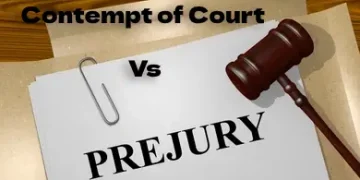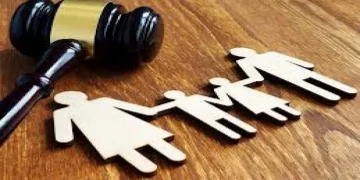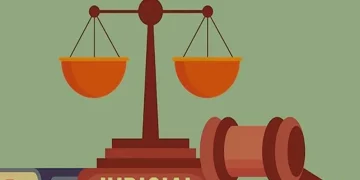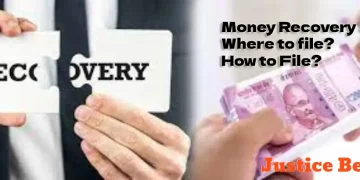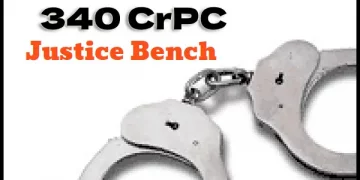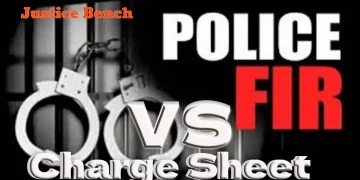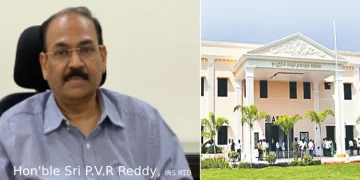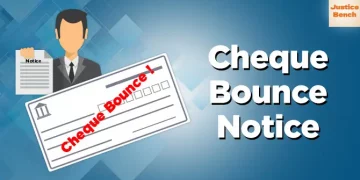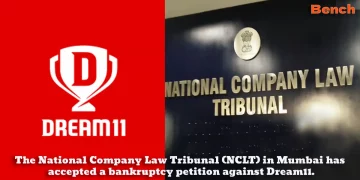The extraction of call data records involves obtaining various pieces of information related to phone calls. These records typically include details such as the number of calls made by an individual, the recipient’s phone number, the time and duration of each call, and the specific cellular tower that provided network coverage during the call. This data provides valuable insights into an individual’s calling patterns and helps in understanding their communication activities.
The identification of a cellular tower is based on its unique tower number, and its location is typically determined within a radius of 500 meters, although the accuracy may vary. The advancement of GPS technology has increased the possibility of law enforcement agencies, in collaboration with network service providers, accurately pinpointing the latitude and longitude of the location where calls were made, as well as tracking the current location of a mobile subscriber.
Call Detail Records (CDRs) differ from phone tapping in that they primarily contain information about the outcome of interactions rather than the actual content of the conversations. Instead of recording the specific details of what was discussed during a phone call, CDRs include data such as the time, date, and duration of the call. Phone tapping, on the other hand, involves the use of specialized equipment by both governmental and non-governmental (private) agencies to intercept and monitor phone conversations. While governmental agencies typically employ this practice for security purposes, such as monitoring suspects’ activities and tracking their precise location, private agencies often engage in illegal phone tapping using imported equipment. Such actions clearly violate the Right to Privacy.
In contrast, Call Detail Records are maintained by the respective telecom companies that subscribers are affiliated with. For instance, if a person is a user of Vodafone, their CDRs will be accessible exclusively to Vodafone.
Importance of CDR Information
The utilization of Call Detail Records (CDRs) encompasses a wide range of purposes. These records are often necessary for investigations conducted by law enforcement agencies, aiding in the resolution of specific cases. They can be presented as evidence in court proceedings and also serve personal uses, such as maintaining a record of essential information for potential complaints, tracing missing individuals, or retrieving lost or stolen mobile phones. Over the years, the lawful extraction of CDR details has played a crucial role in the successful resolution of numerous cases.
According to a report by the Business Standard, the Crime Investigation Division (CID) Branch of Himachal Pradesh Police achieved the resolution of 203 cases within a year through the assistance of mobile forensics. This assistance involves analyzing data such as CDRs (Call Detail Records), IMEIs (International Mobile Equipment Identity), tower locations, and CAFs (Customer Application Forms), among others. The technical cell within the CID branch receives approximately 100 requests daily from investigating agents and promptly forwards them to the respective telecom companies. As a result, the required information is returned within 12 hours, providing an indication of the timeframe for retrieving call detail records in urgent situations.
How long telecom companies store CDR data (Data Retention):
In accordance with government guidelines, telecom companies store Call Detail Records (CDRs) for a period of six months. The massive amount of data accumulated, which can reach several Petabytes per year, results in high storage costs. To manage these costs, telecom companies choose to retain only a limited amount of data, typically six months to a year, and archive the rest on tapes. Retrieving data from these archives is not easily accessible, except in situations where there is governmental pressure, such as high-profile cases or those involving an immediate threat to national security.
Legal requirements for data retention are outlined in ISP (Internet Service Provider) and UASL (Unified Access Services License) licenses. The UASL, in particular, divides India into four metros (A, B, C, D), with Delhi, Mumbai, Kolkata, and Chennai being the four metros. There are four wireless networks in India, namely Airtel India, Reliance (Jio), Vodafone + Idea (merged), and BSNL + MTNL, with the first three being privately owned and the fourth being state-owned. These licensed operators are obligated to pay a license fee based on their revenue share. They can provide various mobile services as long as they adhere to the relevant ITU (International Telecommunication Union) standards, including voice messages, non-voice messages, and data services.
According to Clause 41.20 (xv) of the License Agreement, telecom companies must maintain a complete audit trail of remote access activities related to their networks in India for a period of six months and provide it to the licensing authority or any other authorized agency upon request. This clause essentially means that CDRs need to be retained for six months.
Additionally, as per Clause 41.10 of the License Agreement, the aforementioned service providers are required to make necessary arrangements for monitoring telecommunication traffic and disclose all related data to the state or central government. This requirement includes seamless monitoring of at least 210 simultaneous calls for seven security agencies. The following data must also be maintained:
i) Mobile numbers/PSTN numbers of both the caller and receiver.
ii) Time, date, and duration of interception.
iii) Location (along with Cell ID) of the target subscribers.
iv) Telephone numbers in case call-forwarding is active.
v) Data records of failed call attempts.
vi) CDR of roaming subscribers.
Furthermore, telecom companies are required, as stated in Clause 41.20 (x), to provide the exact geographical location (BTS location) of network users at any given point in time.
The information provided here can be helpful for individuals who face reluctance from their service providers in sharing CDR data, citing reasons such as data being too old or irretrievable. In such cases, individuals can question the service provider and refer to the license agreement.
Authorities authorized to extract CDR:
Initially, several law enforcement agencies were able to extract CDRs, including ACP (Additional Commissioner of Police), DCP (Deputy Commissioner of Police), CID (Crime Investigation Department), CBI (Central Bureau of Investigation), NIA (National Investigation Agency), ATS (Anti-terrorism Squad), SEBI (Securities and Exchange Board of India), and ITD (Income Tax Department). However, due to cases such as the tapping of BJP leader Arun Jaitley’s phone, the government has issued new guidelines regarding the extraction of CDRs. According to the revised guidelines, only officers with a rank equal to or higher than Police Superintendent can obtain CDRs from telecom companies.
The amended guidelines entail the following:
- CDR details cannot be accessed by officers below the rank of a Police Superintendent.
- The officer obtaining the records is required to create a directory
Step-by-Step Guidelines for Extracting Call or Messaging Details:
If you accidentally deleted call or messaging details from your phone and wish to retrieve them, you can follow these steps:
- Contact Customer Care: Reach out to your mobile network’s customer care service and inquire about the amount of detail they can provide you. They may assist you in retrieving the required information.
- Online Account Access: Visit the website of your mobile network and log in using your mobile number. Look for the “usage” option, which will display a list of your recent calls, including the duration of each call. For example, Vodafone typically shows call logs for the past 15 days. Explore this feature to find the desired call records.
- Visit the Nearest Outlet: If the above methods do not suffice, you can visit the nearest outlet of your network provider. Submit a written application, along with a valid ID proof, requesting the retrieval of the specific call or messaging details you need. Although not verified, this approach has reportedly been successful for some individuals.
If the desired record is older than what can be obtained through the above steps, and it is crucial and urgent for your case, you can file an application in court. Request the court to direct the relevant Police Station to order the Network Service Provider to provide the required details. The following is a format example for a CDR preservation application:
IN THE COURT OF [NAME OF JUDGE], [PLACE]
IN THE MATTER OF
[Name of Complainant] …COMPLAINANT
VERSUS
[Name of Respondent] …RESPONDENT
APPLICATION U/S 91 CR.P.C. ON BEHALF OF RESPONDENT NO. 1 FOR SEEKING THE DIRECTION TO [Name and address of the Telecom Company] TO PRESENT AND PROVIDE THE CALL DETAILS BOTH INCOMING AND OUTGOING [And any other information, as required] OF THE COMPLAINANT FOR THE PERIOD [Mention period here] IN RESPECT OF MOBILE NUMBER [Mention mobile number here]
MOST RESPECTFULLY SHOWETH,
[Provide relevant details regarding the case, allegations, and concerns]
That the preservation of data for the mentioned mobile number [Mention Mobile number] is crucial for a just and fair decision in the ongoing case. It will provide evidence regarding incoming and outgoing calls, call frequency, the location of the caller, and other crucial details related to the mobile number user.
[Include references to TRAI Guidelines and UASP License, which require telecom companies to preserve data for the past six months]
The Call Detail Records are material evidence that will help present the Respondent’s conduct before this Hon’ble Court.
Therefore, it is requested that this Hon’ble court:
- Directs the telecom service provider [Name and address of the telecom] to preserve and provide the call details, both incoming and outgoing, of the complainant for the period [mention period] for the mobile bearing no. [mention number], and place the same on judicial record.
- Directs the SP, P.S. [Write the name of the P.S. in whose jurisdiction the case comes] to obtain the Call Detail Records of the aforementioned mobile number [Mention mobile number] for the period [Mention period].
Alternatively, pass any other order that the Hon’ble court deems fit in the interest of justice, equity, and good conscience.
[Name of the city] Respondent
[Date] Through ADVOCATE”


